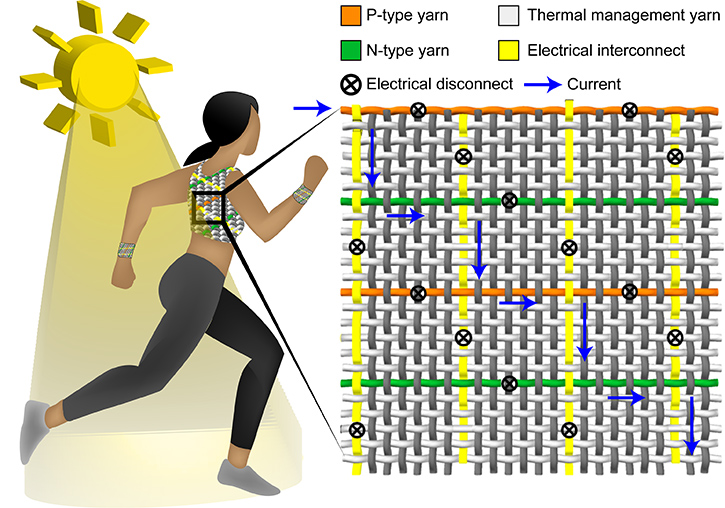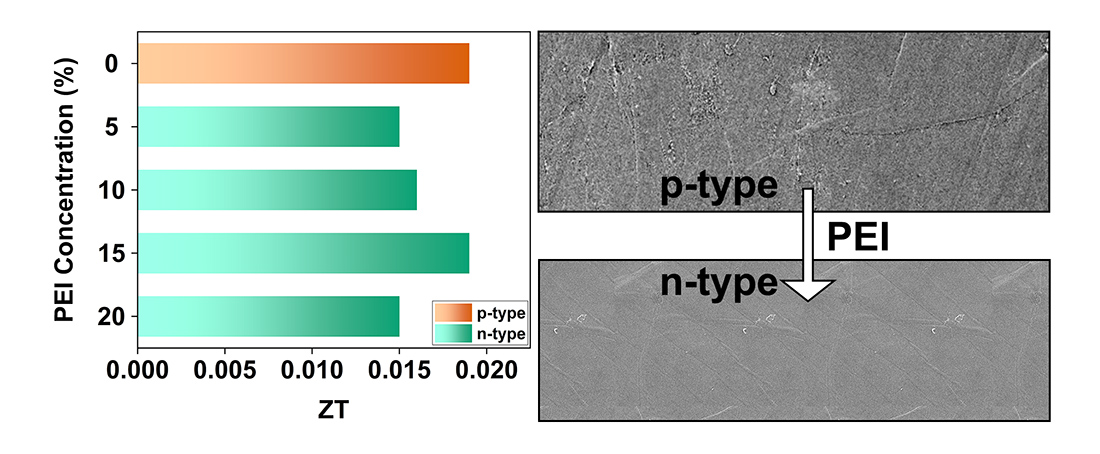
5th Year Doctoral Candidate
North Carolina State University
Wilson College of Textiles
SmARTextiles Laboratory
Professor/Advisor: Professor Tushar K. Ghosh
Kony Chatterjee is a doctoral candidate in the Fiber and Polymer Science program at Wilson College of Textile’s Department of Textile Engineering, Chemistry and Science at North Carolina State University. Kony is conducting research in the field of flexible and wearable electronics under the guidance of her advisor, Professor Tushar K. Ghosh in his SmARTextiles Lab. Her research interests include the integration of electronic functionality at the fiber level, as well as integration of these fibers into primarily woven fabric structures. Under the aegis of Dr. Ghosh, the research done in the SmARTextiles lab consistently strives to improve the lives of people using textiles, and this has remained a source of inspiration for Kony.
Research overview
Kony’s research in the field of fibers and textiles involves developing smart fabrics that can actively provide next-to-skin heating and cooling. The International Energy Agency has identified space cooling as a key driver of building electricity consumption, and with rising populations and global temperatures, this demand is only expected to increase. In such a scenario, moving heating and cooling from the large built environments to the comparatively smaller next-to-skin microclimate would enable greater energy savings while providing customizable thermal comfort. Kony’s research involves the development of thermoelectric Peltier cooling fabrics with carbon nanotube yarns (CNTYs) that can provide this heating and cooling when an external power source is connected to them. Using the design of the conventional woven fabric, Kony works on integrating the CNTYs into the inherent architecture of the fabric, thereby enabling that the comfort properties of textiles are not sacrificed in this process. This research has resulted in CNTYs with high thermoelectric power factors (i.e., how efficient they are at providing localized heating and cooling) and a more accurate understanding of the thermal conductivity of these CNTYs, which is significant for quantifying the heating/cooling performance. The prototype fabrics thus made are able to achieve 5 C of cooling and up to 10 C of heating at room temperature. The technology of Peltier cooling is well-studied, but only few research works have implemented these into a fabric form factor. Kony hopes to create more prototypes as well as define a mathematical model that can help scientists create such fabrics more easily in the future.
Kony’s research involves the development of thermoelectric Peltier cooling fabrics with carbon nanotube yarns (CNTYs) that can provide this heating and cooling when an external power source is connected to them.

Career goals
In the near-term, Kony is looking forward to defending her Ph.D. and accomplishing her life-long goal of being a trained researcher. Upon the completion of her studies, she hopes to make significant contributions to the field of polymer science and engineering to create the next generation of materials that can make life easier for people.
She is also very passionate about STEM education and outreach and has been the President of Graduate Women in Science – Research Triangle (GWIS – RT) chapter and continues to stay engaged with the chapter.


